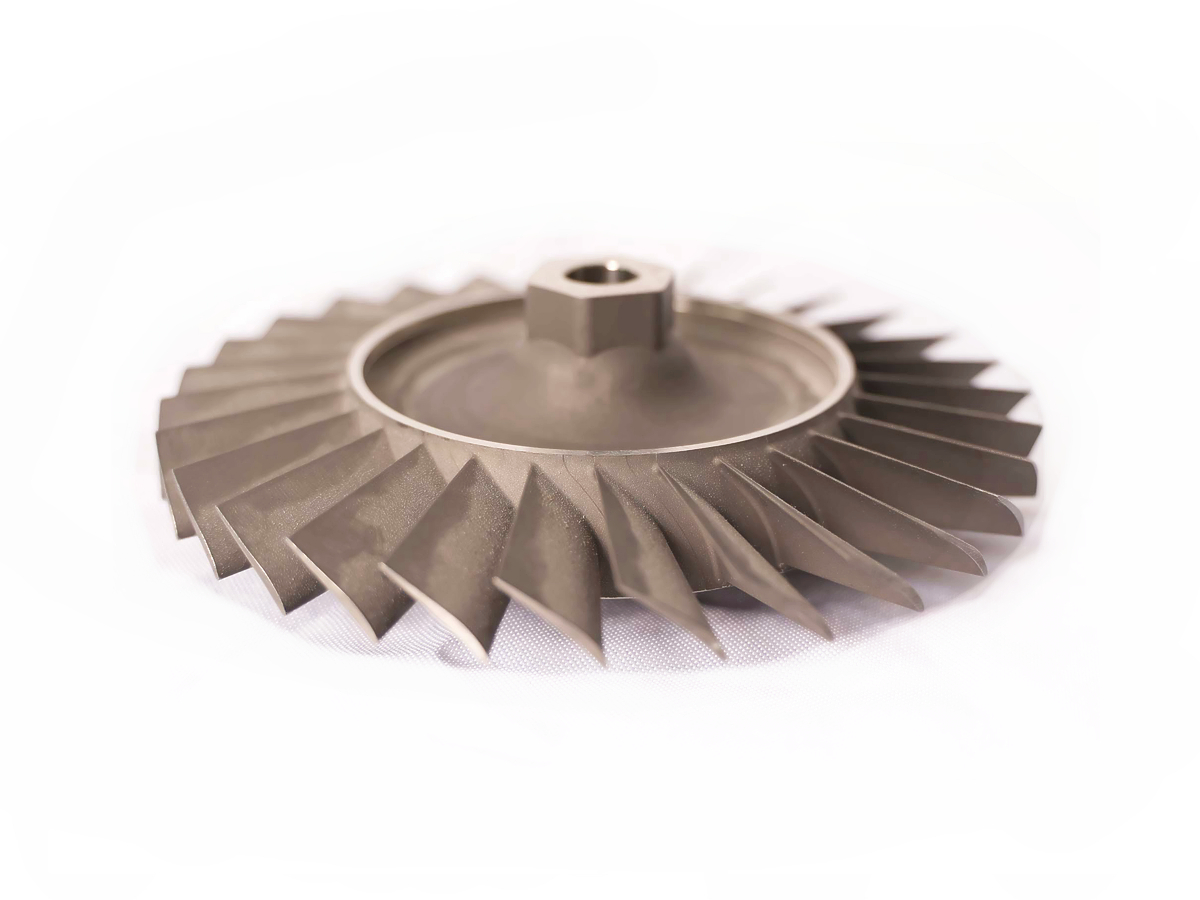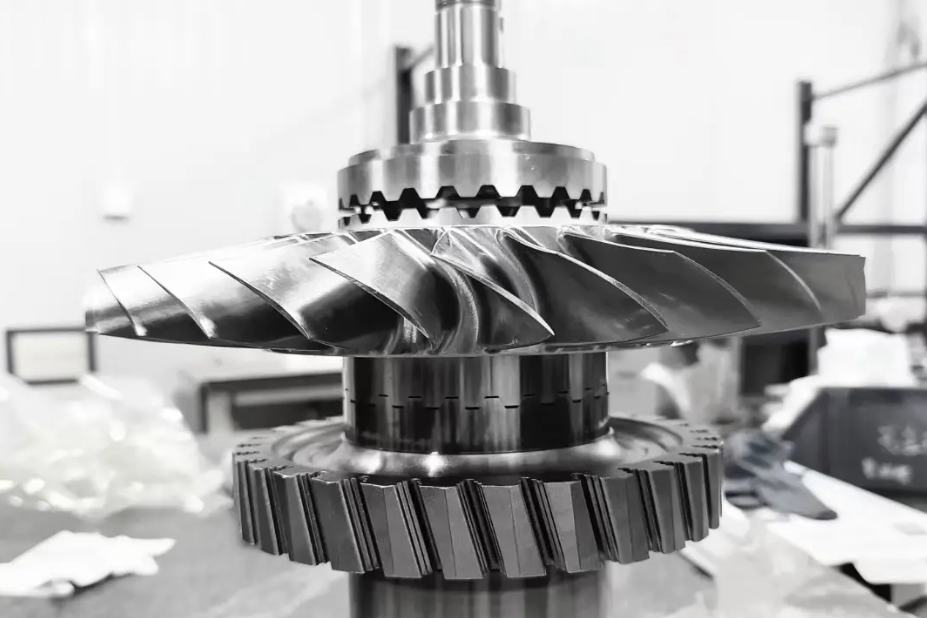What are the most important differences when machining different grades of superalloys?
Machining superalloys requires a nuanced understanding that there is no single "superalloy" classification; rather, it encompasses distinct families—primarily nickel-based, cobalt-based, and iron-nickel-based—each with unique metallurgical characteristics that demand tailored machining strategies. The most critical differences arise from their work hardening rates, thermal conductivity, presence of abrasive phases, and response to heat, directly impacting tool selection, cutting parameters, and overall approach.
Fundamental Differences in Material Behavior
The core distinction lies in their strengthening mechanisms and microstructure. Nickel-based superalloys, such as the widely used Inconel 718 and Inconel 625, are renowned for their high strength and exceptional resistance to oxidation and creep at elevated temperatures. Their strength is derived from a high volume fraction of gamma prime (γ') or gamma double prime (γ'') precipitates. This makes them notoriously prone to severe work hardening during machining. Any dwell time or insufficient feed rate can instantly work-harden the surface, drastically accelerating tool wear. Consequently, machining them requires aggressive, sharp cuts with positive-rake tools and high-pressure coolant to penetrate the cut zone and control heat.
In contrast, Cobalt-based superalloys, like various Stellite alloys, derive their strength from a solid-solution-strengthened cobalt-chromium matrix with a very high volume of extremely hard carbides. While they may not work-harden as severely as nickel alloys, they are profoundly abrasive. The primary machining challenge is combating the abrasive wear caused by these carbides, which act like grinding particles. This necessitates the use of very hard, abrasion-resistant tool materials, such as micro-grain carbides with specialized coatings, or even ceramics and CBN (Cubic Boron Nitride) for certain operations. The strategy shifts from managing work hardening to managing extreme abrasive wear.
Operational Impacts on Tooling and Parameters
These behavioral differences dictate every aspect of the machining process. For nickel-based alloys, the focus is on managing heat and preventing work hardening. This leads to the use of sharp, polished carbide inserts with tough substrates and PVD coatings, which maintain a sharp edge. Cutting speeds are generally kept low to moderate (e.g., 20-50 SFM for roughing), with consistent, controlled feed rates to stay "ahead" of the work hardening.
For cobalt-based alloys, the tooling priority is maximum hardness and abrasion resistance. While sharp edges are still important, the substrate and coating must withstand constant abrasion. CNC grinding is often a more suitable process than milling or turning for final dimensions and hard-to-machine features. Speeds may be similar or even lower than for nickel alloys, with a primary focus on maximizing tool life over metal removal rate.
Iron-nickel superalloys (e.g., A-286) often fall somewhere in between but can be more forgiving. The selection of a superalloy CNC machining service with documented experience across these different families is crucial, as a strategy perfect for Inconel may lead to rapid failure when machining Stellite.
Post-Processing and Metallurgical Integrity
The differences extend beyond the cutting process. The residual stresses and surface integrity left by machining vary significantly. Aggressive machining of nickel-based alloys can create a deeply work-hardened and stressed surface layer that may require a subsequent heat treatment for CNC machining to relieve stresses and restore the material's properties. For cobalt alloys, the concern is less about work hardening and more about ensuring the surface is free of micro-cracks initiated by abrasive wear.
Furthermore, the choice of a subsequent sandblasting process for CNC components must be carefully considered; a process that is too aggressive on a thin-walled nickel alloy part could induce unintended plastic deformation, whereas it might be perfectly suitable for a more rigid cobalt-based component.



